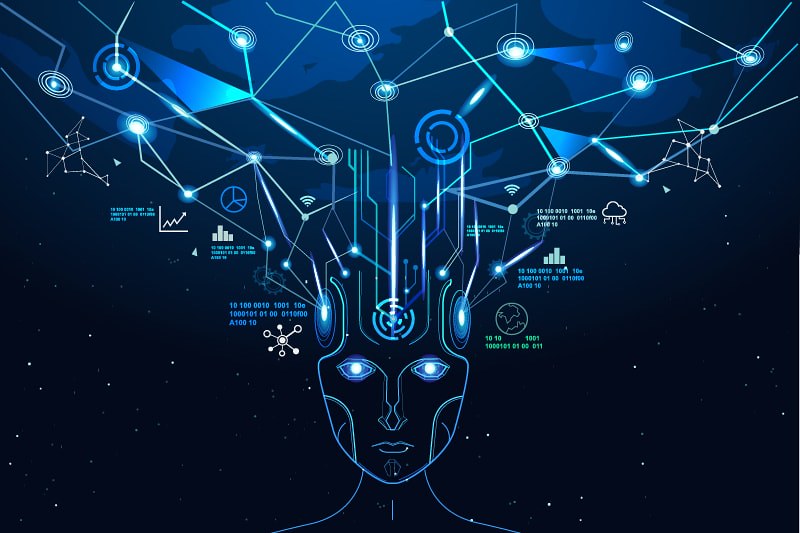
Recent developments in Artificial Intelligence (AI) technology, specifically Generative AI, have created such a discussion. AI has penetrated society from art to writing, with how easy it is to use and the short amount of time needed to generate content.
AI is the theory and development of computer systems able to perform tasks that normally require human intelligence [Oxford Languages]. Meanwhile, Generative AI is the deep-learning model that can generate high-quality text, images, and other content based on the data they were trained on [IBM Research], such as ChatGPT, Canva, Grammarly, and Adobe Firefly.
AI is not new technology to us. However, its recent innovations and breakthroughs have been put in the limelight. Let us take a look at its Pros and Cons.
AI tools are beneficial for the following reasons:
- Increased Efficiency: AI tools are easy to use and can be used to automate tasks, which helps with efficiency and productivity
- Improved Decision-Making: AI tools can analyze large amounts of data at a fraction of a time which helps in making fast and better decisions.
- Enhanced Customer Experience: AI tools can be used to personalize customer experiences, which can lead to increased customer satisfaction and loyalty.
However, much like any technology, there are also some potential drawbacks to using AI. Here are some of them:
- Bias: AI tools use data that is fed into it. So the output it creates is biased towards the data it is fed.
- Lack of Creativity: AI tools may be able to generate output fast and accurately, it lacks the “creative mind” that humans have.
- Privacy Concerns: AI tools may collect and analyze vast amounts of data, which can raise privacy concerns.
- Factuality Issues: This is a concern, especially in the academe. AI-generated content is known to provide non-existent references and fabricated information. Deeper fact-checking is needed before submitting an AI-generated content as an academic output.
In conclusion, AI has come a long way since its early beginnings. They offer a solution to make our lives easier and more efficient. Though just like any other technology, there are still drawbacks and continuous research and testing are needed to fix inconsistencies and problems. As it continues to evolve and improve, we should be able to see breakthroughs and innovations that will will shape how we do things in the future.

